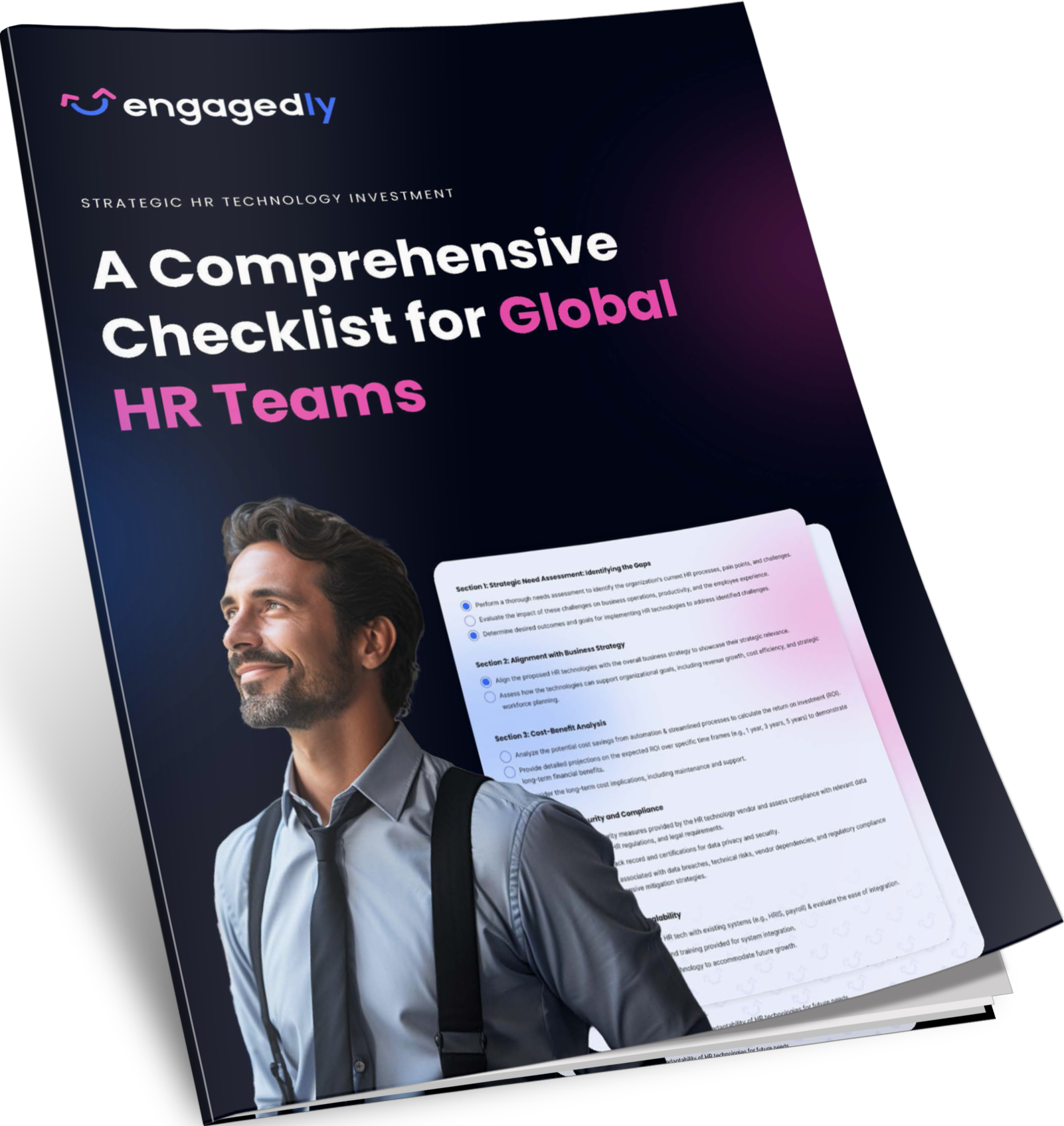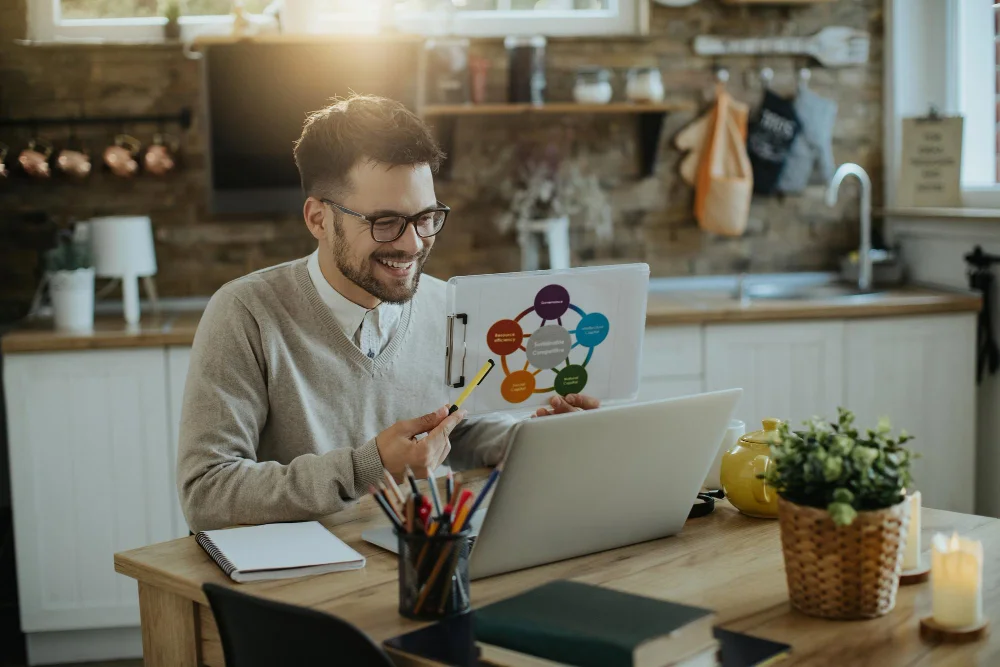The whole idea of working from home is great, if it’s taken up voluntarily. Because then you know what you are signing up for and if you wish to, you can just decide to opt out of it and start working from office instead.
In the current world scenario, that is not an option. COVID-19 cases are rising, and all employees have taken to work from home. Panic is becoming the norm and work from home is not a luxury anymore. Even in a crisis like this, most employers tend to maintain the same level of expectations from their remote workers, though the environment is not the same.
Therefore, you wouldn’t want to add to this stress level worrying about your internet connectivity or whether your Wi-Fi can handle heavy load video calls. The essence of successful work-from-home is to build up an environment where you can focus on the work in hand.
Here are some tips to help you build up the apt atmosphere:
Start your day early
On a normal office-going day, your body clock might wind up on its own, but when you are working remotely, the distance between your workstation and your bed can be intimidating. So, the best way to tackle this is to wake up and start your day early. Have a morning routine in mind, some exercises and breathing and making a healthy breakfast to start with.
Also read: Why You Need A Real Time Performance Management Software
Create a workspace
Bed, couch, dining table are all mostly leisure spaces. It’s very important to have a space where you can disconnect from your home and the people around. It heightens concentration and focus; the setting builds up the drive in you to work and deliver on time. Your workspace should be separate from those that are associated with leisure. So, dedicate a room or a corner as office space, remove all the clutter and make it look aesthetically nice. This will create a professional vibe around it.
Then the next step is to make sure you tell your family, roommates or partner to not disturb you through your work hours. Have set boundaries for other members at home during your work timings.
Have a routine in mind
Once you wake up and start your day, plan ahead, make a routine with the tasks at hand. Then you will know how much time you require to finish them. Seeing the tasks listed out in front of you will drive you to start working on them and check them off as and when you complete one. You’ll feel a sense of accomplishment once you have completed all the tasks for the day. It’s a great way to remain self-motivated.
Identify your most productive time
When you set up a routine for yourself, make sure you identify the time slot when you are most productive. Some people get creative during the early hours of the day while some like to take time gearing up and kick start only by mid-day. You can get maximum amount of work done if you know when you are most productive and time your tasks accordingly.
Also read: Why Are Stay Interviews Essential For Your Organisation
Keep distractions at bay
Be it your family members, kids or phones, minimise distractions completely when you sit to work. If you stop every 5 minutes to check your phone, or somebody keeps walking in, you won’t be able to concentrate on your work and as a result, the end product won’t be that great. Don’t let distractions destroy your productivity or the quality of work.
Commit to completing your tasks
If you choose to be lazy and laid back, tasks will keep piling up and will destroy your peace of mind. Instead, make sure you assign yourself decent number of tasks daily that you can comfortably complete and just keep finishing them. If need be, create playlists for different tasks and moods. That way you won’t get bored, yet you would’ve easily finished everything on your plate.
Stay connected
We, as humans, are social beings. So social distancing does not mean you can’t stay in touch with people. In fact, now that you have the time in hand, take some out after work and connect to your colleagues, friends and families. To cultivate a sane mind while in confinement, it’s very important to keep connecting and communicating.
Take breaks
Our minds are not wired to work at a constant pace for hours at a stretch. It would completely drain you out and you won’t have much energy to enjoy the rest of the day. So, it’s important that you take breaks in-between work, drink tea or coffee, take a short walk, just look away from the screen and take deep breaths, stand up and stretch, look around… do anything that wouldn’t essentially distract you or take you away from work for a very long time. These little breaks will recharge your brain for better productivity.
Also read: For The Leadership: Redefining How The World Works Today
Pick a time to Log off
Working from home does not necessarily mean you will have better work-life balance. In an office environment, when you see your colleagues packing up and leaving, you know it’s time for you to start winding up for the day. This distinction goes for a toss when you are working from home. So sometimes you might forget to draw the line and close the shutter for the day. Instead, identity a time by when you would aim to finish work for the day. Make it definitive, by saving up your work, checking the calendar for any pending or upcoming tasks, and then close the system.
Disconnect from work
Last but not the least, make sure when you shut off your system after a day’s work, you truly disconnect from your work life. One of the most important aspect of work-life balance when you are working remotely is to be able to set boundaries and follow them diligently. Even if you do get some brilliant work ideas after work hours, note them down somewhere and let them be. Go back to it the next day. Don’t let that eat its way into your personal time. Downtime is equally important.
Engagedly’s expert panel wishes you a very healthy, happy and peaceful work-from-home tenure. Do share your thoughts with us on this topic and if you feel we have missed out on something, feel free to drop in comments.
Engagedly is offering a suite of products part of its Remote Work Toolkit free to any organisation, until Sept 30th, 2020.
The Coronavirus has affected the way we work today and for months to come. Unprecedented events require unprecedented measures. We at Engagedly believe it is our responsibility as socially conscious corporate citizens to help equip organisations with additional tools and resources during this time of crisis.
Get in touch with us to know more about the free remote working tool-kit.
Get In Touch With Us






